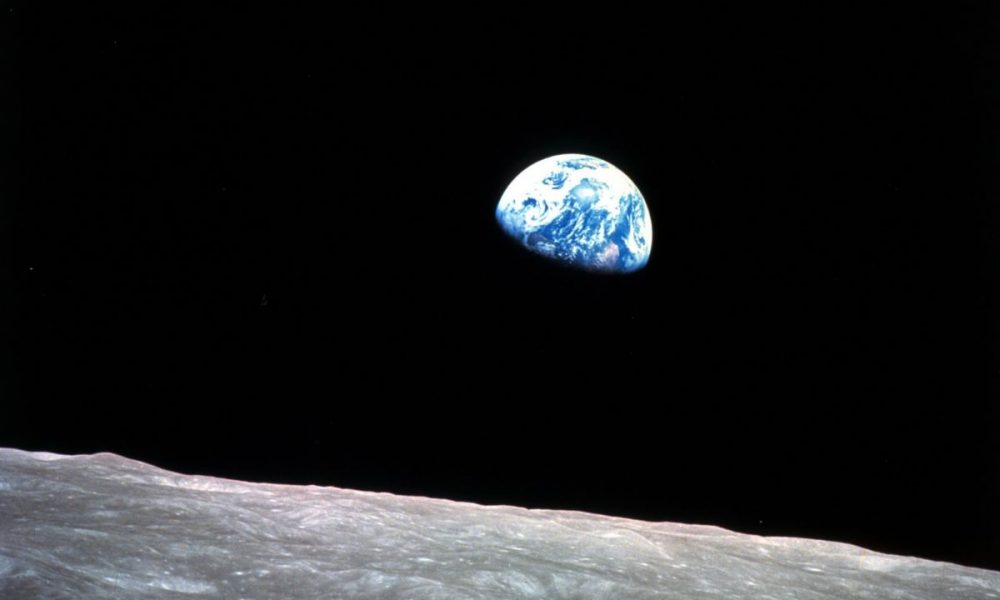
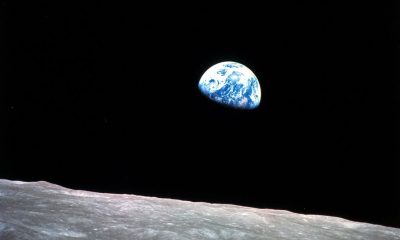

Japan's primary motivation is to develop and operate a manned lunar rover in the program to demonstrate its technological capabilities.
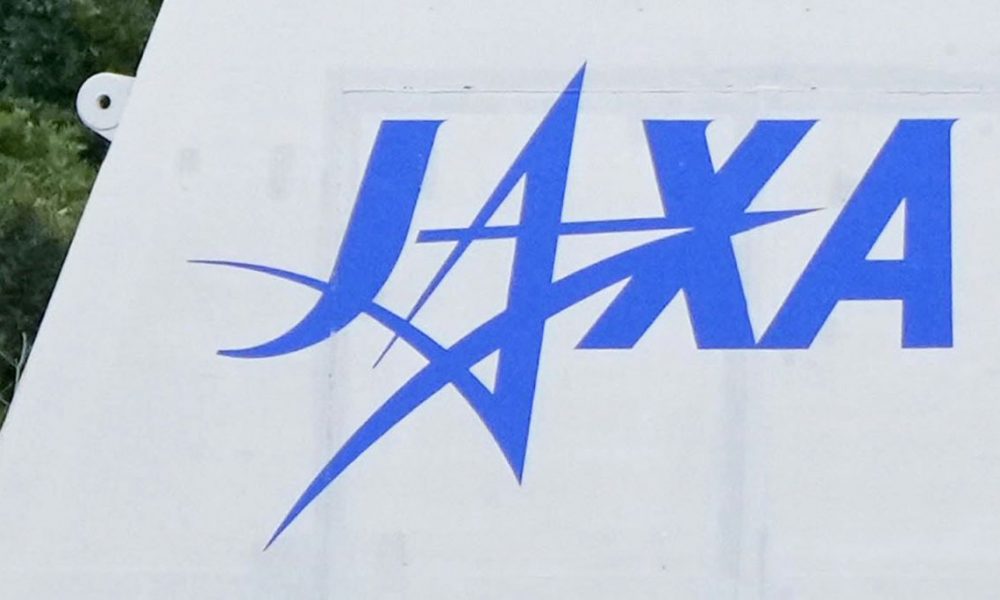


As JAXA, Japan's space development program increases projects with foreign countries, strong cybersecurity measures are needed to preserve the partners' trust.
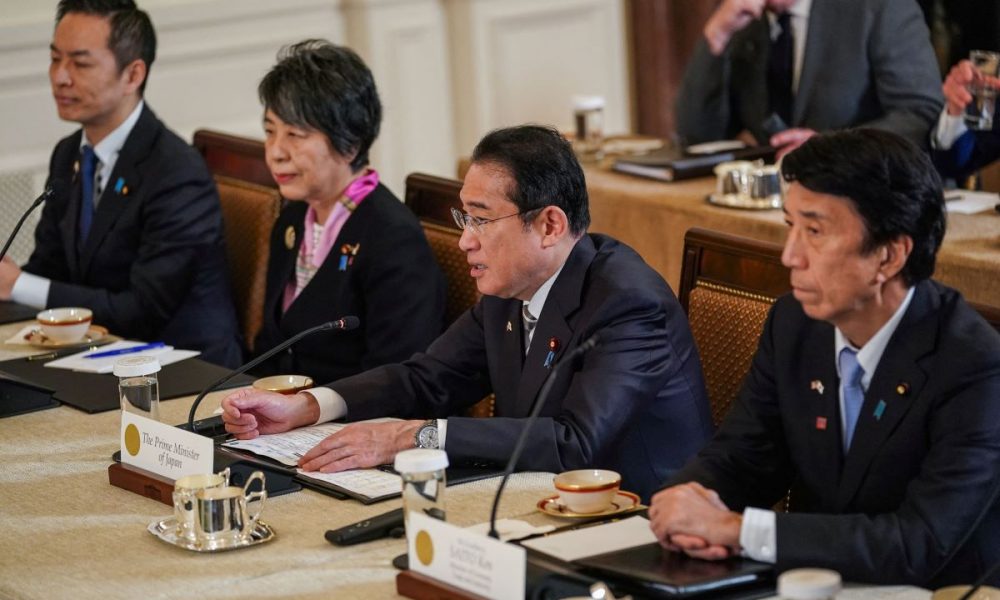
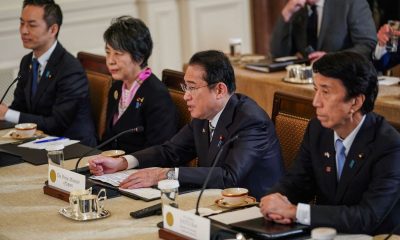

The state visit saw key developments in Japan-US space coordination, including an agreement for a Japanese astronaut to join one of NASA's lunar missions.
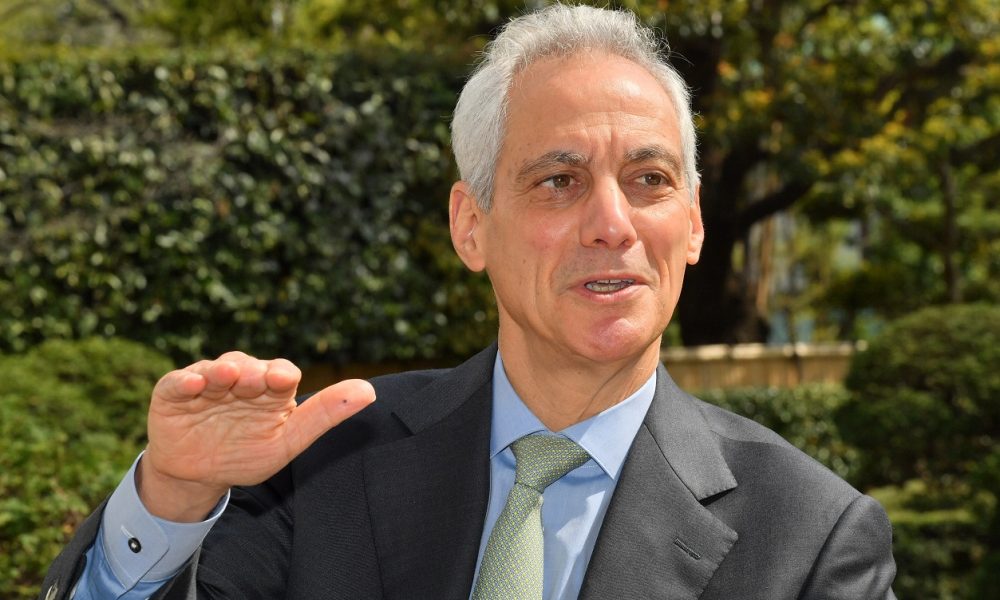


Rahm Emanuel says Japan is now a full security partner. He discusses expectations for the April Summit, including investments in tech and education, and gender.
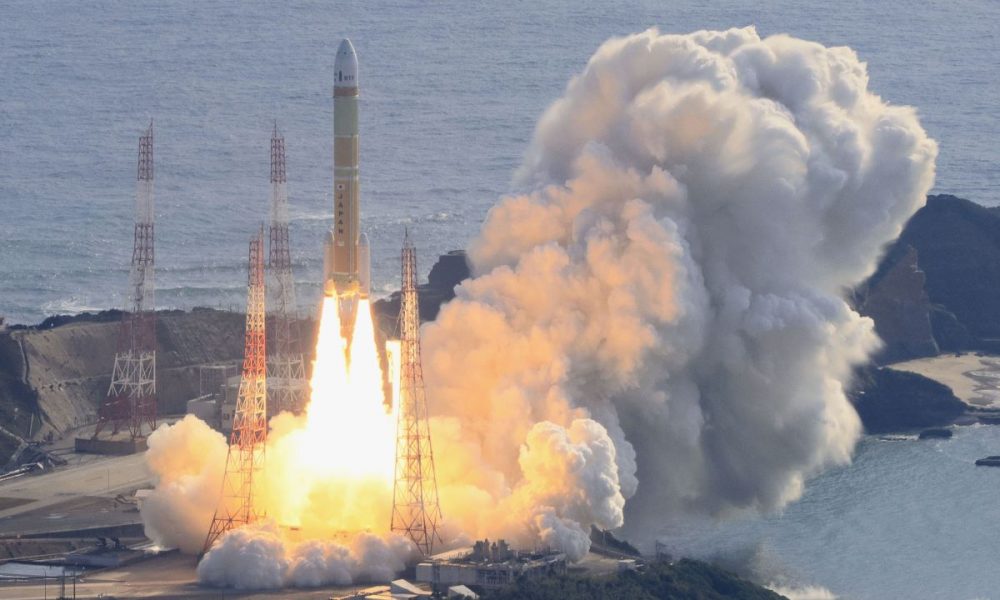


After early hiccups, Japan has successfully launched its next-generation H3 rocket, and the mood at the Japan Space Exploration Agency could hardly be better.
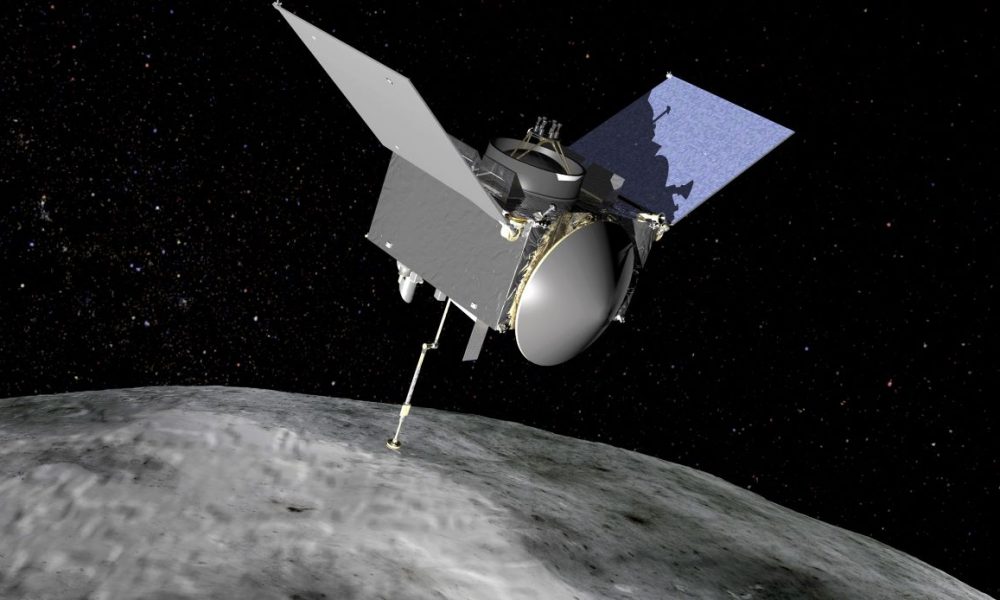


Japan's scientific and technological capabilities have declined since that inspiring experience. It's not too late to build again on what the Hayabusa achieved.
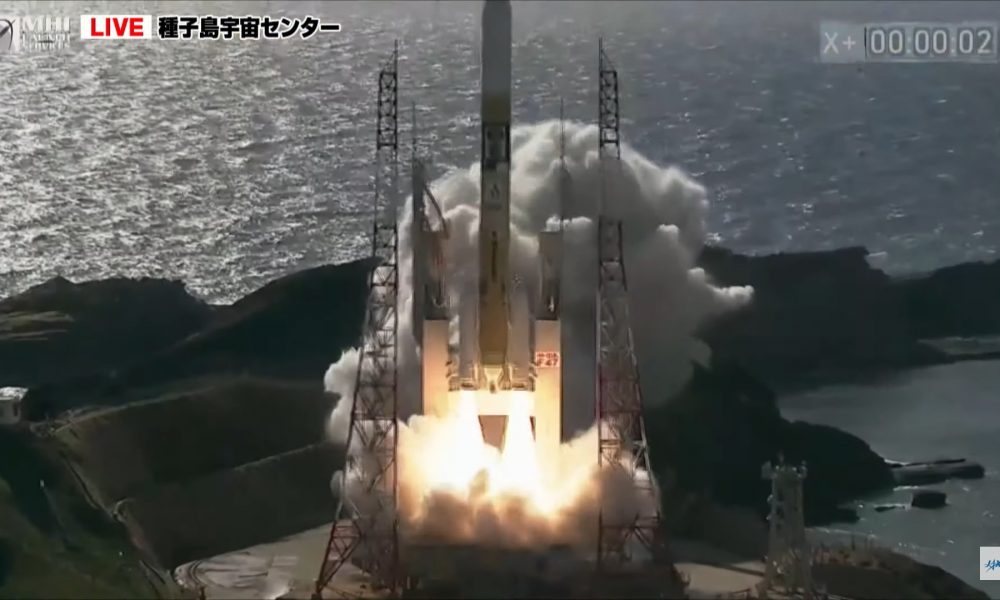
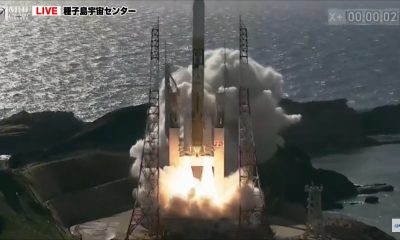

With the succesful launch of its SLIM lunar lander, Japan could become the fifth country to achieve a lunar landing, and it carried two different payloads.
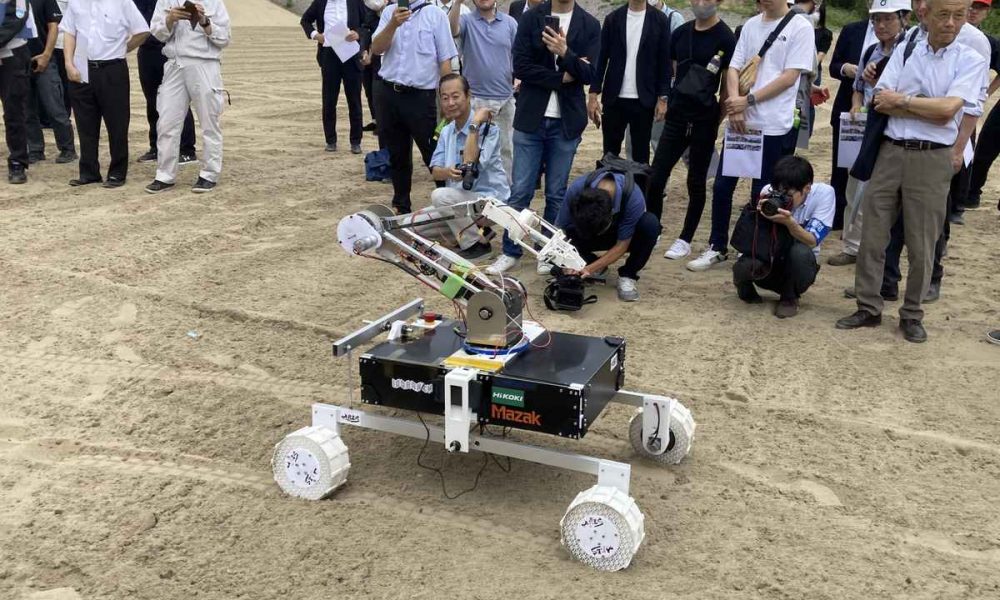
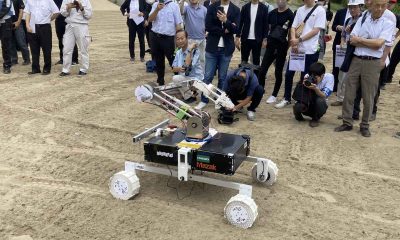

The Tottori Sand Dunes share similarities with some areas of the moon, making them an ideal testing site for lunar rovers and other technologies.
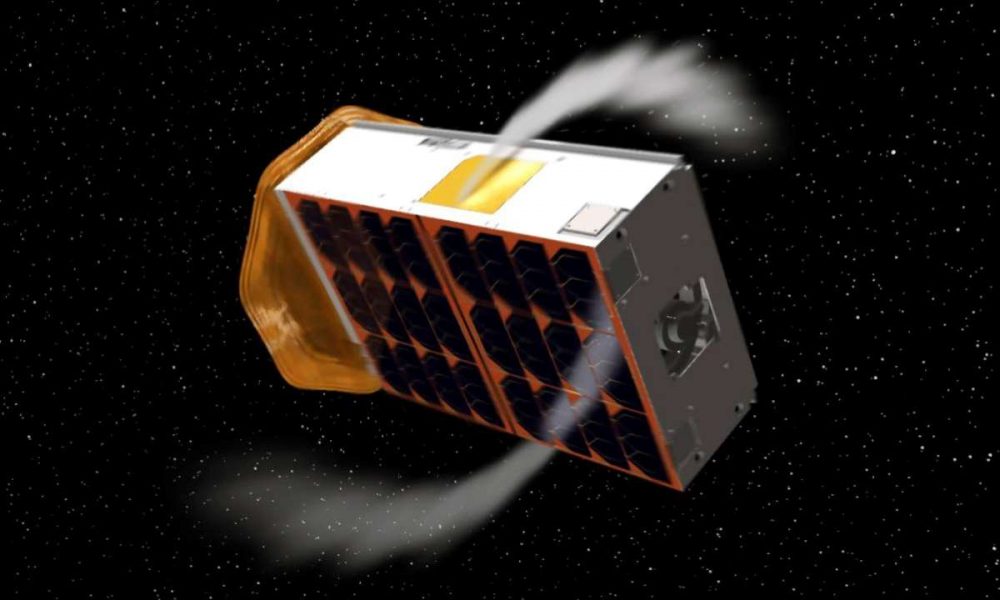
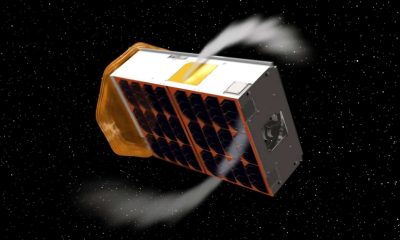

Despite its failure, OMOTENASHI has provided a valuable experience for young researchers and will serve as a foundation for Japan's future space development.
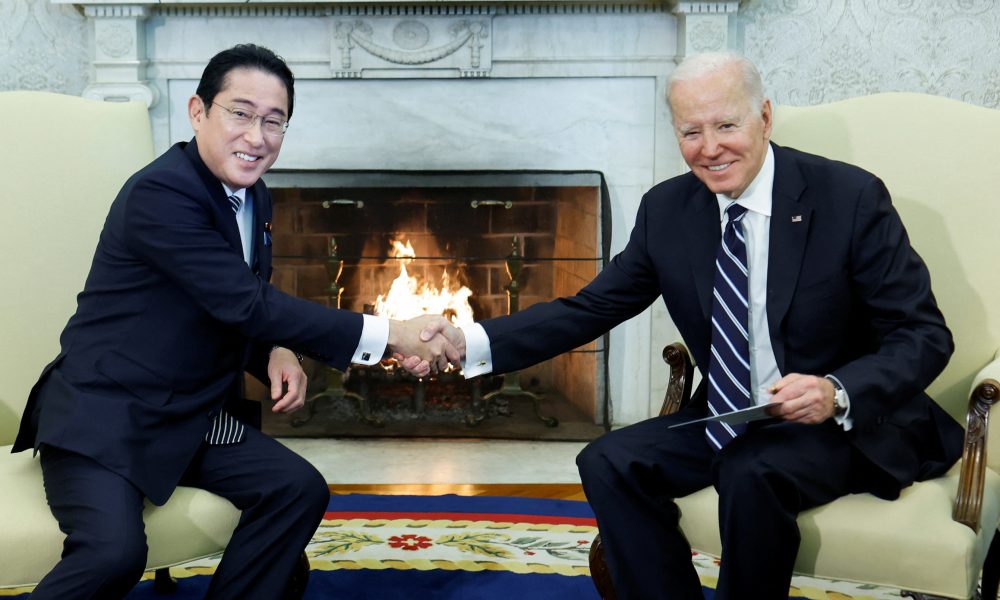


Tech policy developments including export control, space, and cyber cooperation suggest 2023 will be busy for US-Japan science and technology relations.

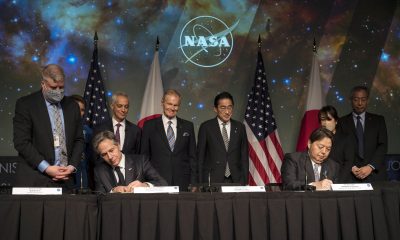

Fumio Kishida finished his tour of G7 countries with a colorful climax at the headquarters of the space mission, despite President Biden's domestic problems.
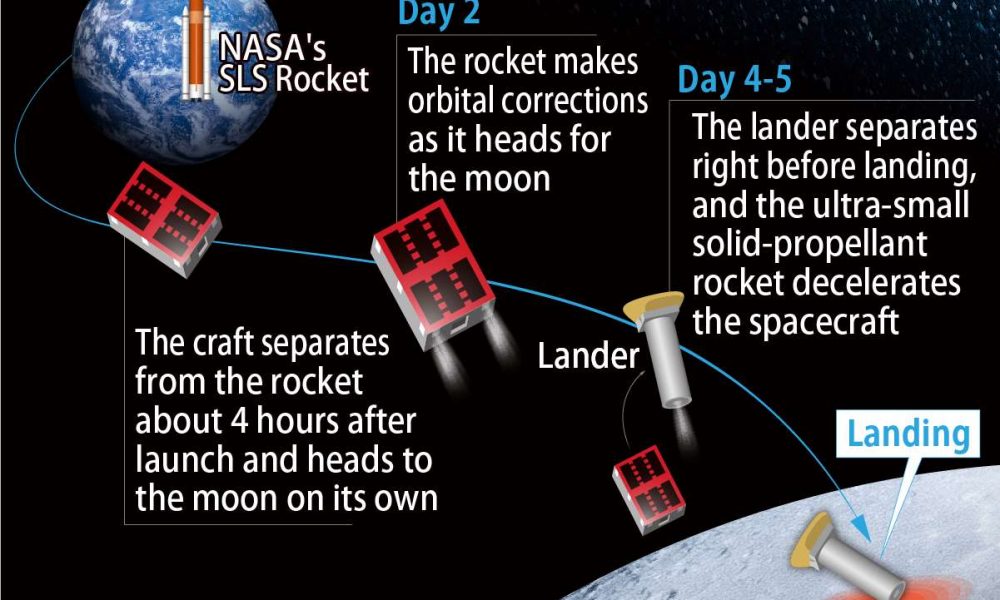


The world's smallest spacecraft, OMOTENASHI, is packed with the dreams and technology of researchers who have persisted in aiming for the moon.